The sound of a vinyl record invades silence. When the needle drops, the air in the enclosed space trembles, and the music seeps into the melodies I create. But that room was lost—due to a simple yet irreversible reason.
Standing before thousands of records, I faced the trial of deciding which to keep. This was not mere organization. It was a ritual, a process of determining which sounds would accompany me in my musical journey.
Some sounds survive for a reason.
Among those that remain, there is one that continues to echo in silence.
Today, I will introduce that record.
1. Resonance and Form—The Texture of Sound in This Record
The breath of an era told through its jacket, the tactile sensation of the grooves etched into the vinyl, and the world that unfolds the moment the needle drops. I will explore the beauty and resonance of this record in depth.
2. The Coordinates of Memory—The Intersection Between This Record and Me
When, where, and how did I first encounter this record? And why could I never bring myself to part with it? Beyond my personal experience, I will reflect on the magnetic pull that music exerts over memory.
3. The Context of Sound—How This Record Lives Within a DJ Set
At what moment should this record be played within a mix? How does it resonate with the temperature of the dance floor and intertwine with other tracks to create new narratives?
Resonance and Form—The Texture of Sound in This Record
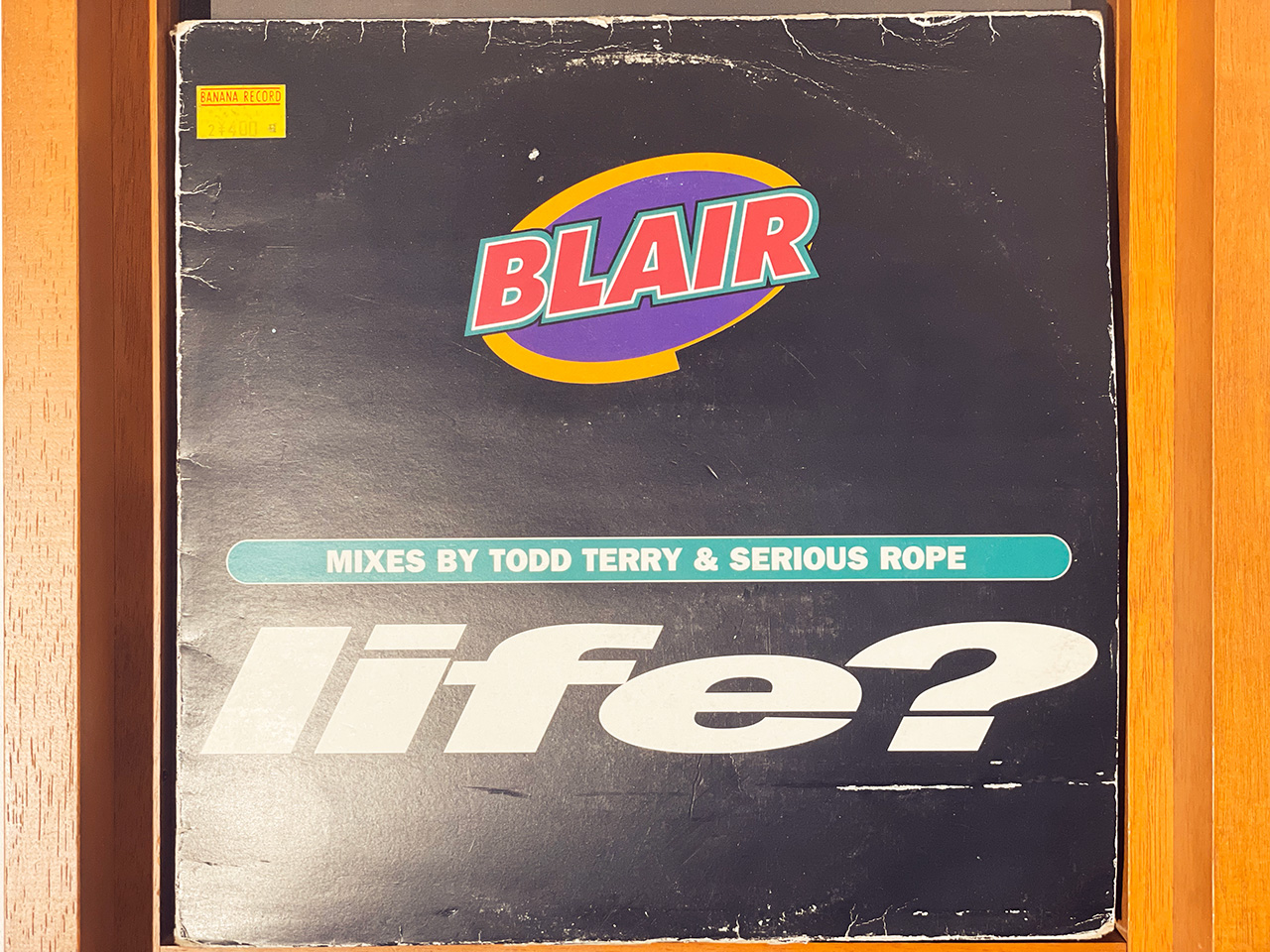
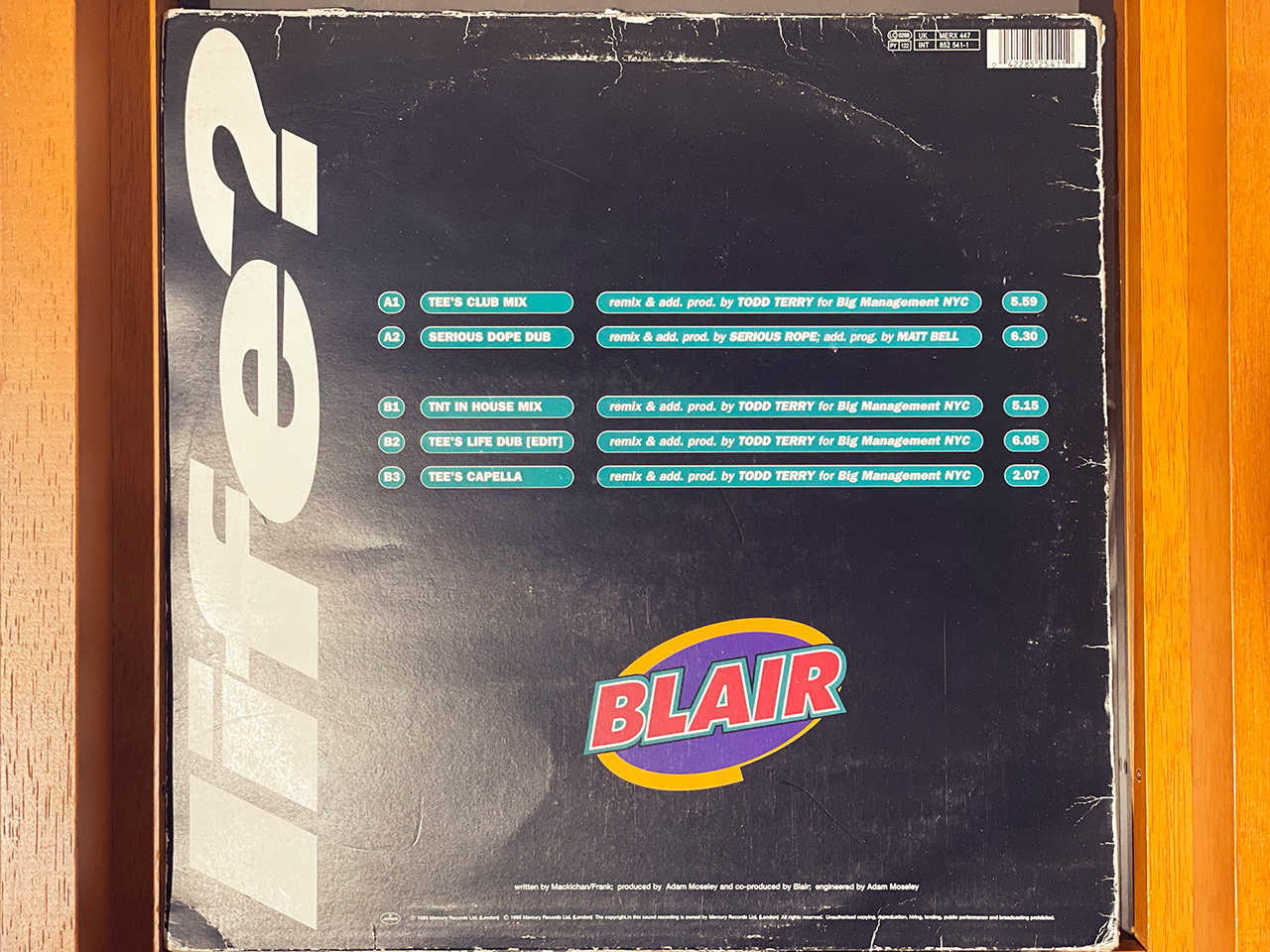
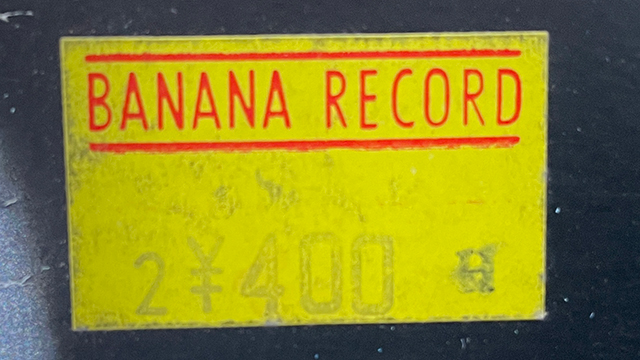
■Sound
BLAIR – life? (TEE’S CLUB MIX) carries a rhythm that bounces like a dancefloor bathed in the midday summer sun. As expected from a Todd Terry remix, the rhythm is strikingly simple, yet its stripped-down nature makes it all the more compelling. By cutting away any unnecessary elements and leaving only the essential groove, it achieves a rhythm so clean that it feels almost like a “preset beat.” But it is precisely this simplicity that gives it its addictive quality, its power to liberate the listener.
The hi-hats are dry and sharp, the bass drum avoids excess weight, and every sound is designed for pure dancefloor functionality. Overlaying this, we hear the fundamental question: “Life? What do you want for life?” Simple yet profound, this phrase invites the listener into a moment of reflection. Like Man in the Mirror by Michael Jackson or Transition by Underground Resistance, this track transcends the boundaries of dance music and carries an intrinsic philosophy.
By the time I acquired this record in 2001, house music had become more intricate and refined compared to 1995 when it was originally released. So when I first played it, I did not find it particularly fresh. Yet, this track had a timeless quality that made it stand strong regardless of the era. Its simple yet enduring structure proves its universal power in dance music. This is the essence of the record’s resonance and the reason why it remains on my turntable to this day.
The Coordinates of Memory—The Intersection Between This Record and Me
I first decided to become a house DJ in my third year of university. Influenced by the senior DJs in my college music club, I bought turntables and a mixer and began collecting house records. life? by BLAIR was one of the very first records I acquired. The price sticker at Banana Record Kichijoji reads 400 yen, but I am certain it was in the 100-yen bargain bin. Even now, I vividly remember the moment I picked it up.
I bought it in 2001. By that time, house beats had evolved to become even more precise and intricate compared to 1995. So when I first put the needle on this record, it did not feel particularly new. Yet, I immediately sensed that it was a great track. The bright beat, the bouncing rhythm, and the straightforward yet deeply resonant message—”Life? What do you want for life?”—instantly captured my heart.
I played this record over and over again. Placing it on the turntable, mixing it, rewinding it, dropping the needle once more. Each time, its bouncing beat seeped further into my body, eventually becoming part of the foundation of my musical identity. Whether played at peak time or during a more relaxed afternoon set, this track always found a way to fit. In the heat of the dancefloor, that simple yet existential question—”What is life?”—felt heavier than just lyrics. That is why this record remains in my collection to this day.
The Context of Sound—How This Record Lives Within a DJ Set
Despite its bouncing groove, the BPM is not particularly fast. This makes it a perfect match for Chicago house. Given that Derrick Carter himself later remixed this track, it is clear that it can blend seamlessly into a deep, Chicago-style groove. In fact, simply layering its acapella over one of Derrick’s darker beats could create an entirely new dynamic.
Additionally, raising the BPM makes it compatible with 2-step and UK garage. The swinging rhythm naturally merges with the UKG feel, subtly elevating the energy of the dancefloor. However, the most powerful moment to play this record is undoubtedly near peak time, when the atmosphere reaches its highest point of openness and connection. Whether through an air mic or a direct microphone, shouting “Life!” together with the crowd creates a moment of shared consciousness. It is a rare track that fuses dancefloor euphoria with existential reflection.
This track is not just dance music. It holds explosive power while also asking the listener a profound question: “How do you want to live?” When a DJ drops this record, it is more than just a song selection—it becomes a statement of intent.
Currently, I could not find a recent DJ mix where I played Chicago house as the main focus. However, I did come across an old mix from over ten years ago that blends disco and Chicago house. It brings back memories of when I had the chance to perform alongside Nemu Yumemi-san. Please give it a listen.
Thank you for reading until the end.
Do you, too, have a record that transcends time, one you can never part with?
May its melody continue to pulse quietly in the depths of your memory, illuminating fragments of your life.
And may both your heart and body remain in harmony, always.
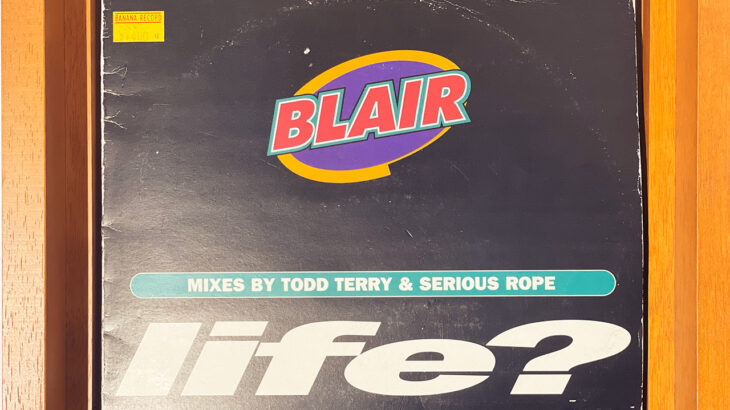



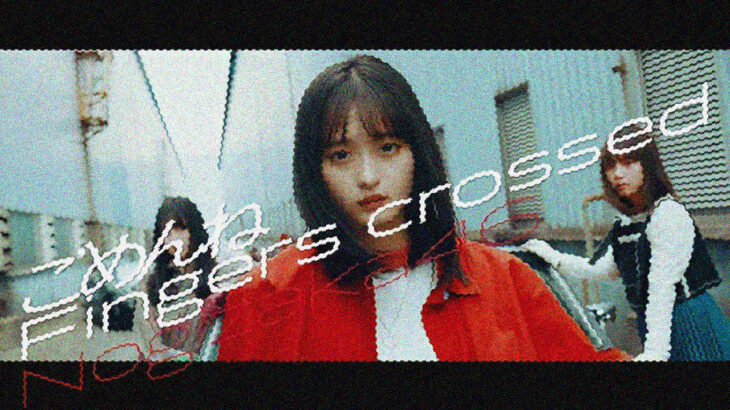

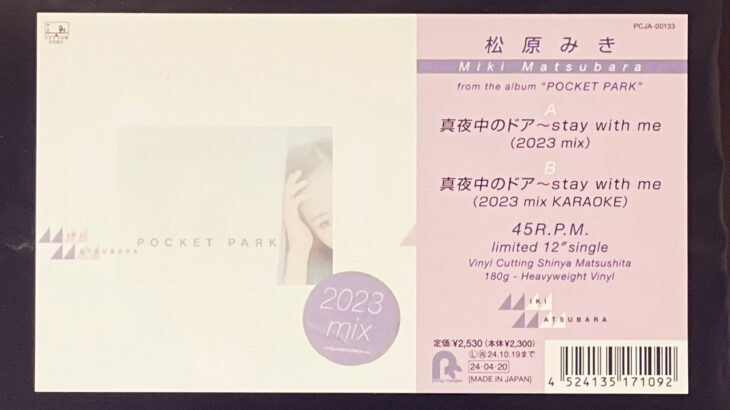
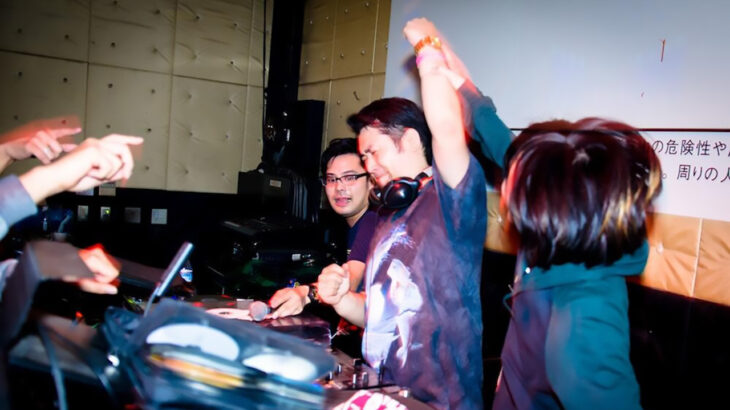
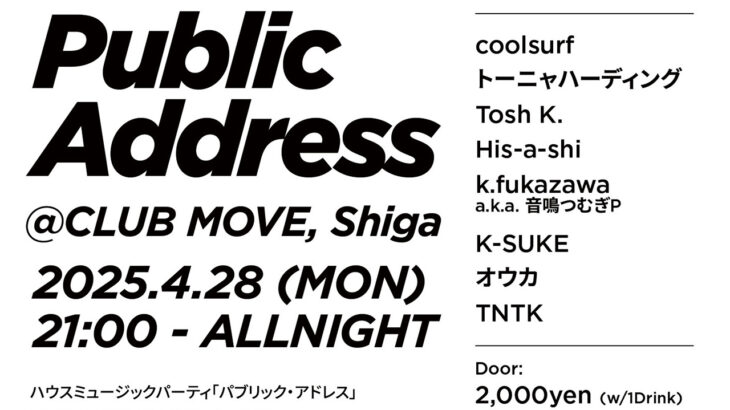
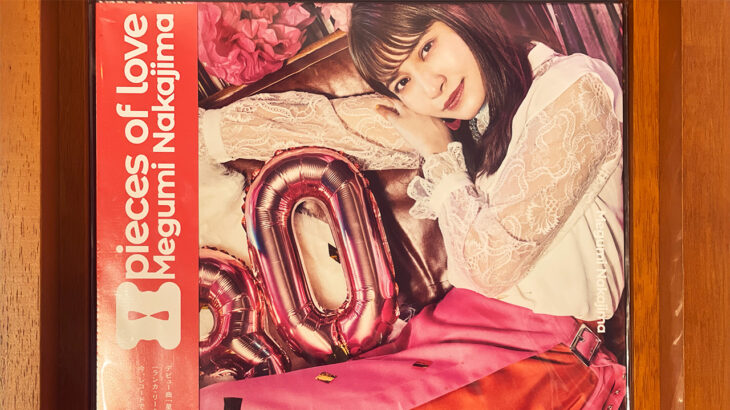
コメントを書く